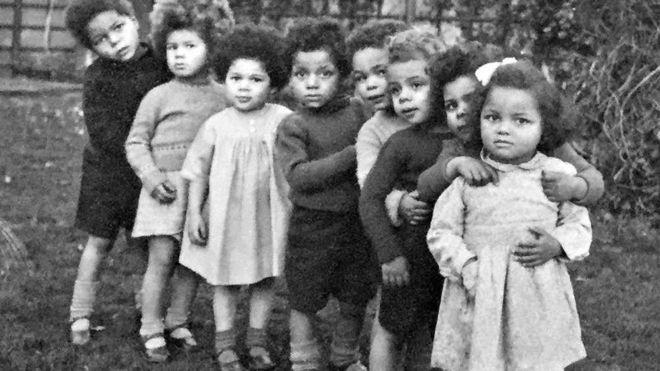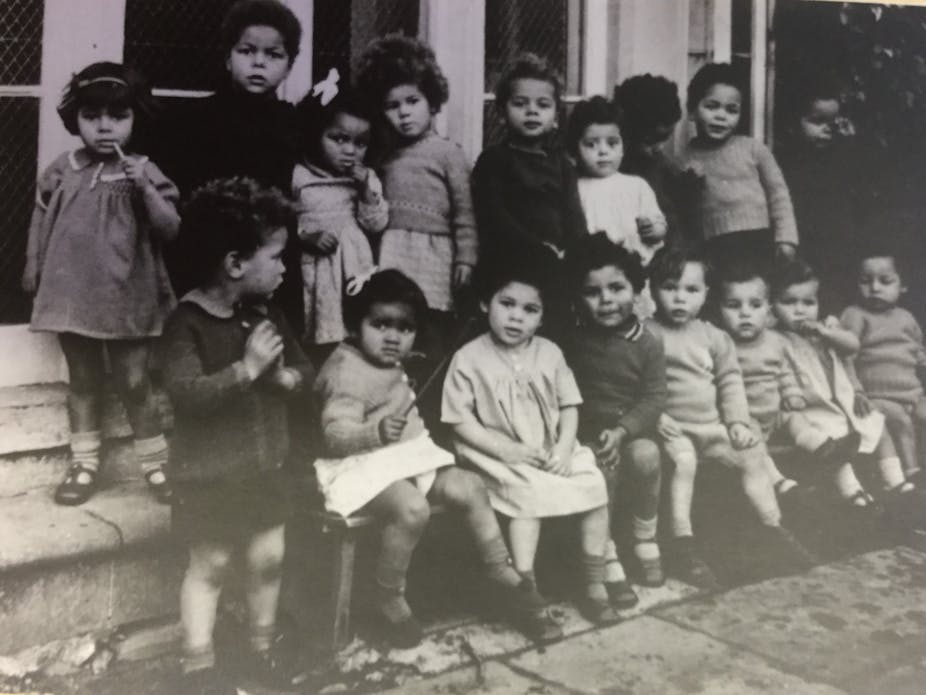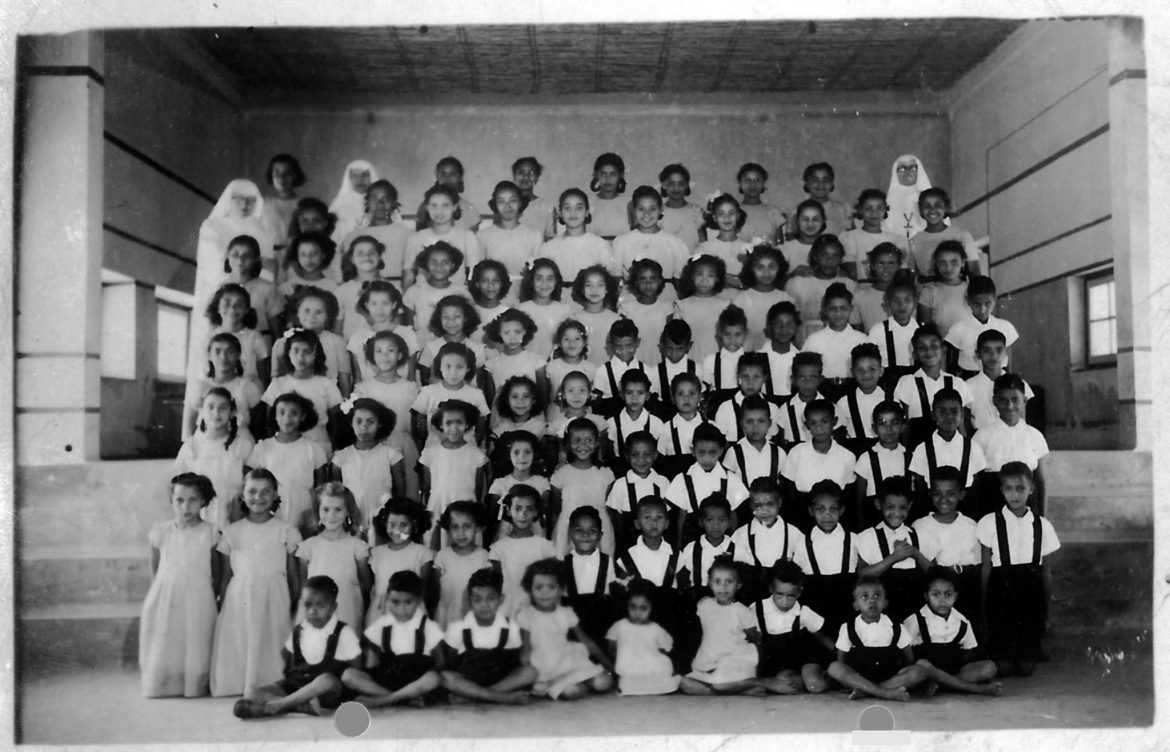Mixed-race Matters: the Growing Multiracial Population and its Implications for LibrariesPosted in Articles, Identity Development/Psychology, Media Archive, Social Work, Teaching Resources, United States on 2019-09-04 21:53Z by Steven |
Mixed-race Matters: the Growing Multiracial Population and its Implications for Libraries
PIPEline: Addressing the intersections between Power, Identity, Privilege, and Equity within our library work
University of Michigan Library
Ann Arbor, Michigan
2019-06-05
Marna Clowney-Robinson, Access & Information Services Librarian
Karen Downing, Education Librarian
Darlene Nichols, Social Work Librarian
Helen Look, Collection Analyst
The expression of social and cultural identities matter to people in a myriad of ways—seeing one’s self-reflected on campuses, in schools and communities matters (Gaetano, 2015; Laffer, 2017; P., Mindy, 2019). This fact is important to libraries of all types as we think about library collections, services and staff. We know from research and from phenomena all around us that when people see themselves positively reflected in film, books, social media, news, music, theater, that those cultural memory institutions grow in their perceived relevance and significance to their communities (Downing, 2009; Tillson, 2011).
Take as an example, Marley Dias’ #1000blackgirlbooks movement. Marley was only ten years old when she launched her movement to donate books to girls of African descent that featured African American female protagonists because not one of her required school readings featured Black girls as main characters (Grassroots Community Foundation, 2019). The We Need More Diverse Books movement has raised awareness and in recent years the number of published diverse books has increased substantially. 28% of the children’s books published in 2018 had main characters who were Asian American, Black, Latinx, and American Indian/First Nation yet only 50% of the children’s books about African Americans are written by people of that background (Cooperative Children’s Book Center, 2019). The numbers for mixed race identities in children’s books are not tracked but they are presumably an even smaller percentage…
Read the entire article here.






